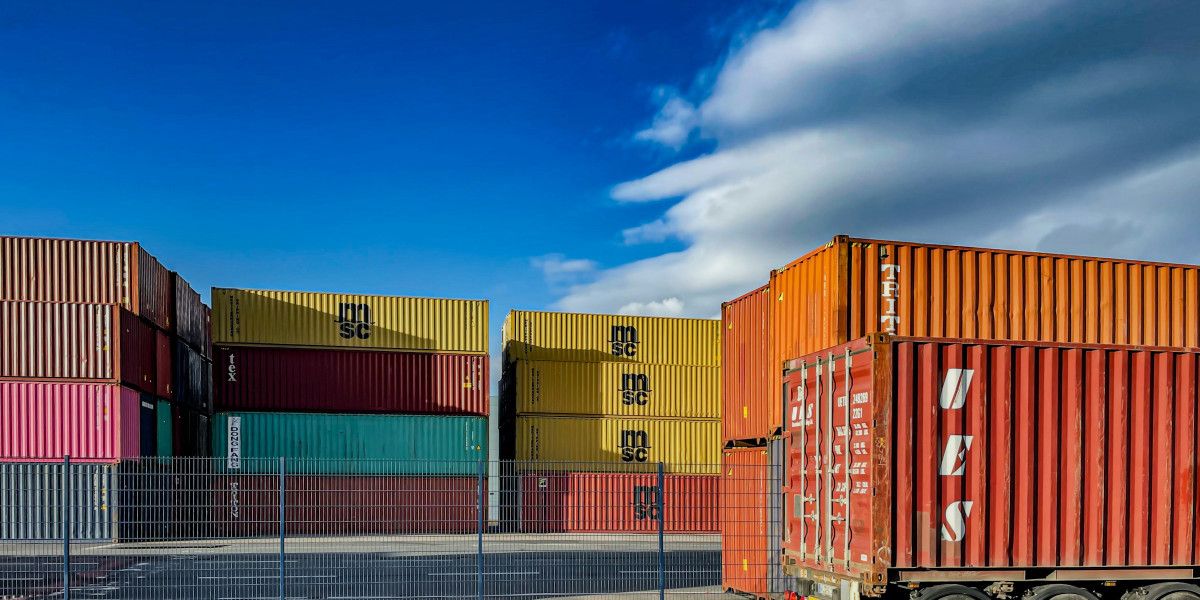Introduction to ECommerce and Reverse Logistics
Welcome to the world of ECommerce, where seamless transactions and swift deliveries are the norm. But what happens when a customer needs to return a product? This is where reverse logistics comes into play, ensuring that the journey doesn't end at the point of sale. In this blog post, we will delve into why ECommerce businesses need to prioritize reverse logistics solutions for smoother operations and happier customers. Let's explore how investing in efficient reverse logistics can be a game-changer for your online store!
The Importance of Reverse Logistics in ECommerce
In the fast-paced world of eCommerce, customer returns are inevitable. Whether it's due to a wrong size, color discrepancy, or simply changing one's mind, handling reverse logistics effectively is crucial for business success. Reverse logistics involves managing the flow of products from the end consumer back to the retailer or manufacturer.
By implementing robust reverse logistics solutions, eCommerce businesses can streamline return processes, reduce costs associated with returns management and increase customer satisfaction levels. Efficient reverse logistics not only help in processing returns faster but also enable companies to restock returned items promptly.
Moreover, by investing in efficient reverse logistics strategies like automated return systems and clear return policies, eCommerce businesses can build trust and loyalty among their customers. This leads to repeat purchases and positive word-of-mouth recommendations which are invaluable in today's competitive market landscape.
Benefits of Implementing Reverse Logistics Solutions for ECommerce Businesses
Implementing reverse logistics solutions in the realm of eCommerce can offer a plethora of benefits to businesses striving for efficiency and customer satisfaction. One key advantage is the ability to streamline return processes, making it easier for customers to send back products they are unsatisfied with or have received damaged. This ultimately leads to higher levels of customer trust and loyalty.
By optimizing reverse logistics, eCommerce companies can also reduce their overall operational costs. Efficiently managing returns, exchanges, and repairs helps minimize unnecessary expenses associated with handling returned merchandise. Additionally, having a well-defined reverse logistics strategy enables businesses to recover value from returned items through refurbishment or resale.
Furthermore, implementing robust reverse logistics solutions allows eCommerce companies to enhance sustainability practices by reducing waste and minimizing environmental impact. By efficiently handling returns and recycling materials when possible, businesses can contribute positively towards social responsibility initiatives while also improving their bottom line.
Common Challenges and Solutions in Reverse Logistics for ECommerce
When it comes to reverse logistics in eCommerce, there are common challenges that businesses often face. One of the main issues is managing returns efficiently. With a high volume of products being returned, it can be challenging to process them quickly and accurately.
Another challenge is dealing with damaged or unsellable returned items. This can lead to inventory discrepancies and financial losses if not handled properly. Finding cost-effective ways to refurbish or dispose of these items is crucial for a smooth reverse logistics process.
Communication with customers throughout the return process is also key. Providing clear instructions and updates can help reduce confusion and improve customer satisfaction. Implementing user-friendly return portals and automated notifications can streamline this communication.
To overcome these challenges, eCommerce businesses can invest in technology solutions like inventory management software and data analytics tools. These tools can help track returns, analyze trends, and optimize processes for better efficiency.
Best Practices for Effective Reverse Logistics in ECommerce
When it comes to implementing reverse logistics in eCommerce businesses, there are several best practices that can help streamline the process and maximize efficiency.
One of the key best practices is to have a clear and well-defined returns policy in place. This includes providing customers with easy-to-understand instructions on how to initiate a return and what to expect during the process.
Utilizing technology such as automated return systems can also greatly enhance the effectiveness of reverse logistics operations. These systems can track returned items, manage inventory, and even facilitate exchanges or refunds seamlessly.
Collaborating closely with logistics partners is another crucial aspect of effective reverse logistics. By working hand-in-hand with shipping companies, eCommerce businesses can ensure timely pickups, accurate tracking, and efficient processing of returns.
Regularly analyzing data and performance metrics related to reverse logistics can provide valuable insights for continuous improvement. By identifying trends, bottlenecks, or areas for optimization, businesses can refine their processes over time.
Case Studies: Successful Implementation of Reverse Logistics in ECommerce Companies
Let's dive into some real-life examples of how eCommerce companies have successfully implemented reverse logistics solutions to improve their operations.
One notable case study is that of XYZ Online Retail, which saw a significant reduction in return processing time after integrating a streamlined reverse logistics system. By efficiently handling returns and exchanges, they were able to enhance customer satisfaction and loyalty.
Another example is ABC Electronics, who adopted automated software for managing product recalls. This proactive approach not only minimized the impact on customers but also saved costs associated with manual recall processes.
Furthermore, LMN Fashion utilized data analytics to identify trends in returns, allowing them to optimize inventory levels and reduce excess stock. This data-driven strategy improved their overall profitability while reducing waste.
These success stories highlight the importance of tailored reverse logistics solutions in enhancing efficiency and customer experience within the eCommerce sector.
Conclusion: Why Every ECommerce Business Needs to Prioritize Reverse Logistics
It is evident that reverse logistics plays a crucial role in the success of eCommerce businesses. By efficiently managing product returns, exchanges, and refunds, companies can improve customer satisfaction, reduce costs, and enhance sustainability efforts. Implementing effective reverse logistics solutions not only streamlines operations but also contributes to a positive brand image.
As the eCommerce industry continues to grow rapidly in India and around the world, prioritizing reverse logistics is no longer optional but essential. By partnering with a reliable logistics solution company that specializes in reverse logistics services, eCommerce businesses can stay ahead of the competition and meet evolving consumer expectations. Investing in robust reverse logistics strategies will not only drive profitability but also foster long-term customer loyalty.








